Najugomtang&Oudon (나주곰탕&오우돈)
16.5Km 2021-03-30
19, Sinchon-ro 18-gil, Mapo-gu, Seoul
+82-2-336-6824
It is a place where you can eat a variety of Korean dishes. The best menu at this restaurant is Naju beef bone soup. This Korean dishes restaurant is located in Mapo-gu, Seoul.
Chuncheonjip Dakgalbi Makguksu (춘천집닭갈비막국수)
16.5Km 2019-12-24
1, Yonsei-ro 5ga-gil, Seodaemun-gu, Seoul
+82-2-325-2361
This Dakgalbi restaurant is located in Sinchon, an area surrounded by universities and populated by students. Chuncheonjip Dakgalbi Makguksu’s most popular dish is Dakgalbi, which is prepared by marinating boneless chicken in spicy red pepper paste and stir-frying it with various ingredients in a large cast iron pan. For an extra tasty treat, try adding an assortment of noodles to the chicken as it cooks. After you’ve finished eating your Dakgalbi, don’t forget to order rice to stir-fry in the pan to soak up the extra, flavorful sauce!
The restaurant offers a simple Dakgalbi menu at an affordable price. Thanks to the restaurant’s delicious food, reasonable prices, and casual atmosphere, the restaurant is always full of people.
Daepojjimdak - Sinchon Branch (대포찜닭 신촌)
16.5Km 2021-03-22
27-1, Yonsei-ro, Seodaemun-gu, Seoul
+82-2-325-6633
A place where you can enjoy jjimdak (stewed chicken) with various toppings loved by Koreans. The best menu at this restaurant is braised chicken. This Korean dishes restaurant is located in Seodaemun-gu, Seoul.
Jaha Sonmandu (자하손만두)
16.5Km 2021-03-29
12, Baekseokdong-gil, Jongno-gu, Seoul
+82-2-379-2648
Located in Buam-dong, Jaha Sonmandu is a restaurant specializing in Korean hand-made stuffed dumplings. Though the restaurant’s exterior is that of a classic restaurant, the succulent flavors of the food are reminiscent of grandma’s cooking — timeless and full of love.
Hyanglim (향림)
16.5Km 2021-06-03
127, Hangeulbiseok-ro, Nowon-gu, Seoul
+82-2-976-8800
Hyanglim serves traditional Chinese food using only the freshest seafood, vegetables, and high-grade meat. The cooking of its cuisine is done with true sincerity in order to please the customer's taste buds. The chef also uses all-natural MSG flavoring and small amounts of vegetable oil, making the food less greasy, catering to the tastes of Koreans and foreigners alike. Specialties that guests frequently order are the galbi in spicy sauce, seasoned prawns with vegetables, shark's fin, and crab dishes.
Mokpo Nakji Dongtae Maeuntang (목포낙지동태매운탕)
16.5Km 2021-03-25
103, Sinpung-ro, Yeongdeungpo-gu, Seoul
+82-2-823-7113
It is a place where you can eat various fish dishes. This Korean dishes restaurant is located in Yeongdeungpo-gu, Seoul. The most famous menu is spicy fish stew.
Parque Yeouido (여의도공원)
16.5Km 2023-02-20
Yeouigongwon-ro 68, Yeongdeungpo-gu, Seúl
El Parque Yeouido de Seúl, es como el Central Park de Nueva York, y como el Hyde Park de Londres. Durante 27 años, el parque ha estado cubierto de asfalto negro, hasta que comenzaron las obras de reconstrucción, y finalmente ha llegado a convertirse en un parque de la ciudad, que integra el bosque natural, el césped verde y el agua. Las obras comenzaron el 10 de abril de 1997, luego el 31 de octubre de 1998 se dio la apertura parcial, hasta que en febrero de 1999 se dio su apertura completa. Es un espacio verde, cercano a la ciudad, disfrutable para las personas de todas las edades. Ideal para descansar, pasear y hacer gimnasia, y, también participar en los eventos culturales.
Caminata Nocturna del Río Hangang 42K con Toreta (한강나이트워크42K With Toreta!)
16.5Km 2025-07-23
Yeouigongwon-ro 68, Yeongdeungpo-gu, Seúl
070-4705-2008
Samho Bokjip (삼호복집)
16.6Km 2020-01-07
10, Yonsei-ro 5da-gil, Seodaemun-gu, Seoul
+82-2-337-9019
Opened in 1976, Samho Bokjip specializes in food that uses puffer fish as the main ingredient. The restaurant uses fresh vegetables and savory broth to bring out the best flavors of a puffer fish.
Samho Bokjip - Sinchon Branch (삼호복집 신촌)
16.6Km 2021-03-19
10, Yonsei-ro 5da-gil, Seodaemun-gu, Seoul
+82-2-337-9019
A blowfish specialty restaurant located in Sinchon, Seoul. A restaurant specializing in blowfish dishes. The most famous menu is tiger puffer fish.
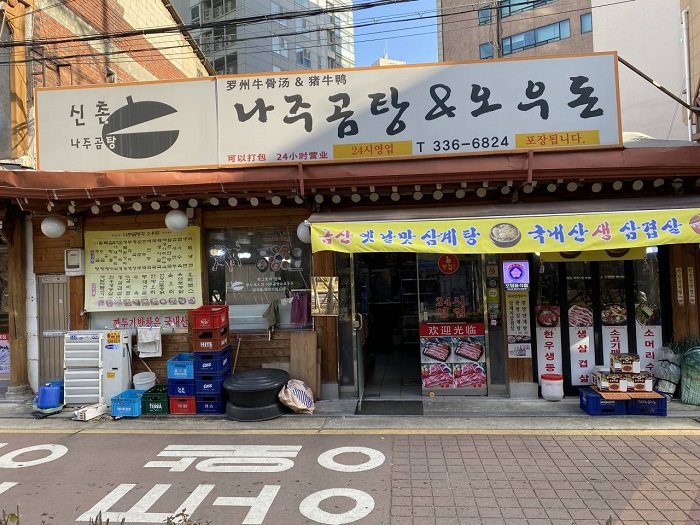
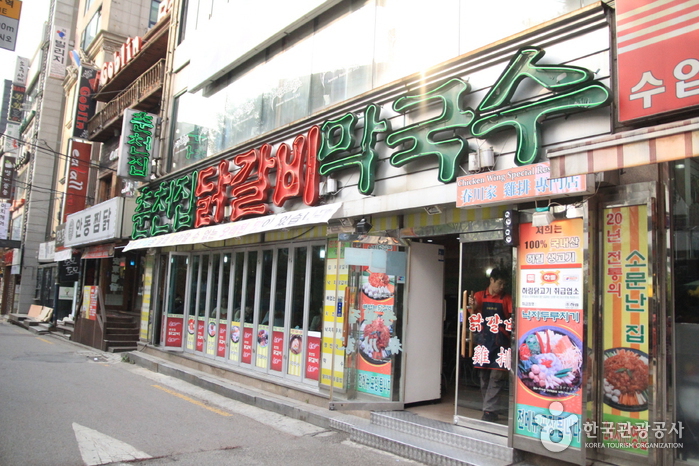
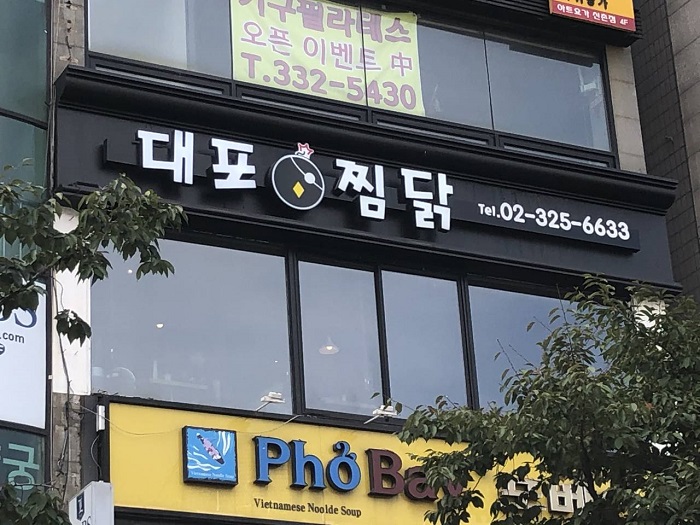
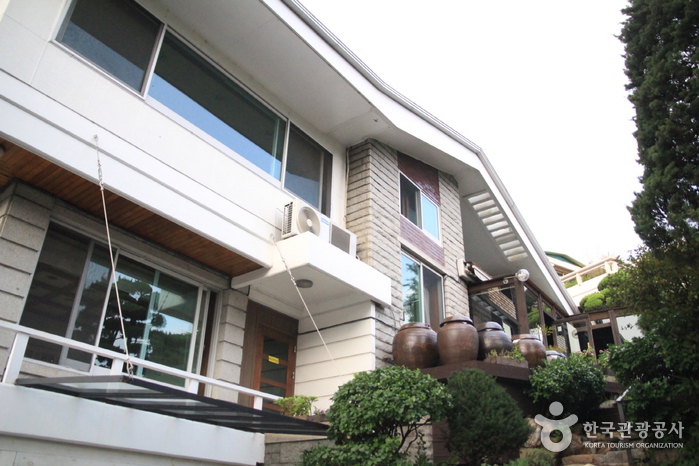
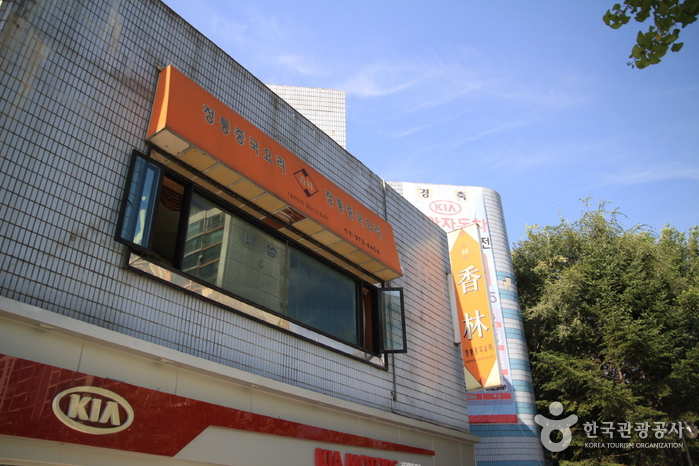
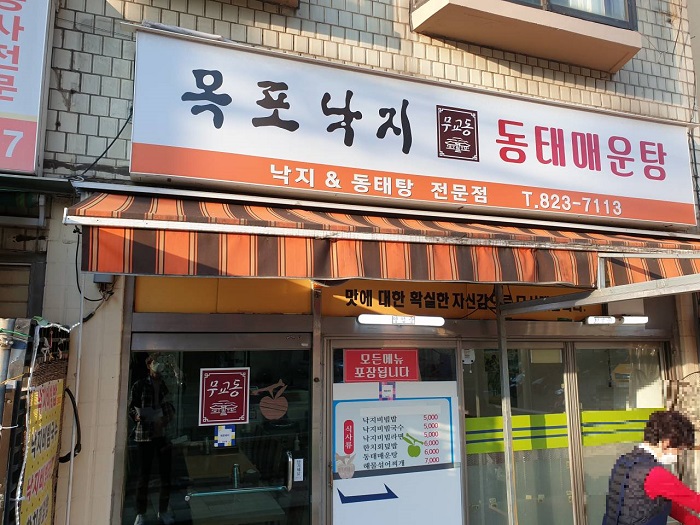
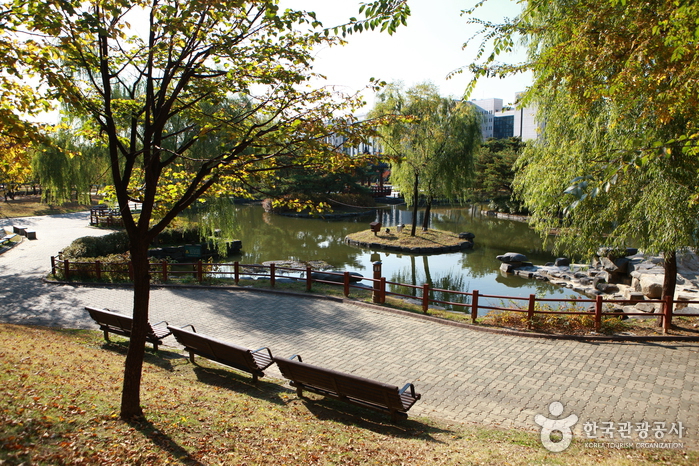

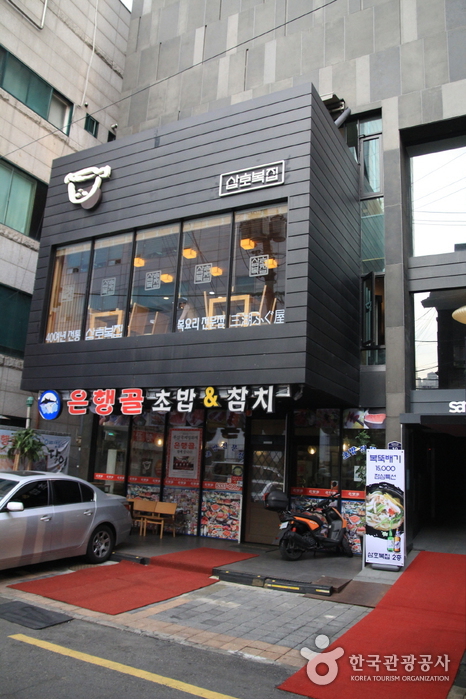
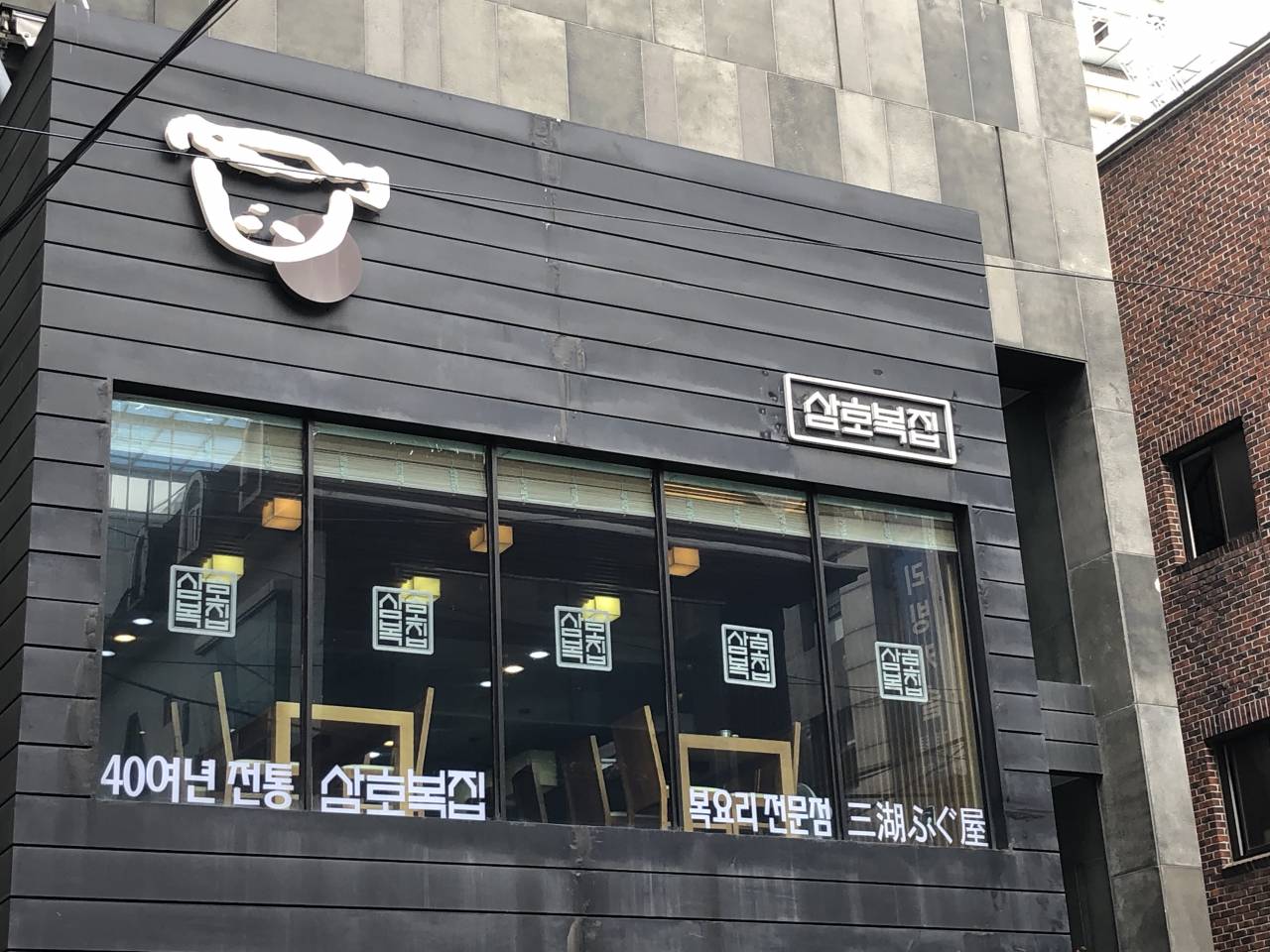
 Español
Español
 한국어
한국어 English
English 日本語
日本語 中文(简体)
中文(简体) Deutsch
Deutsch Français
Français Русский
Русский